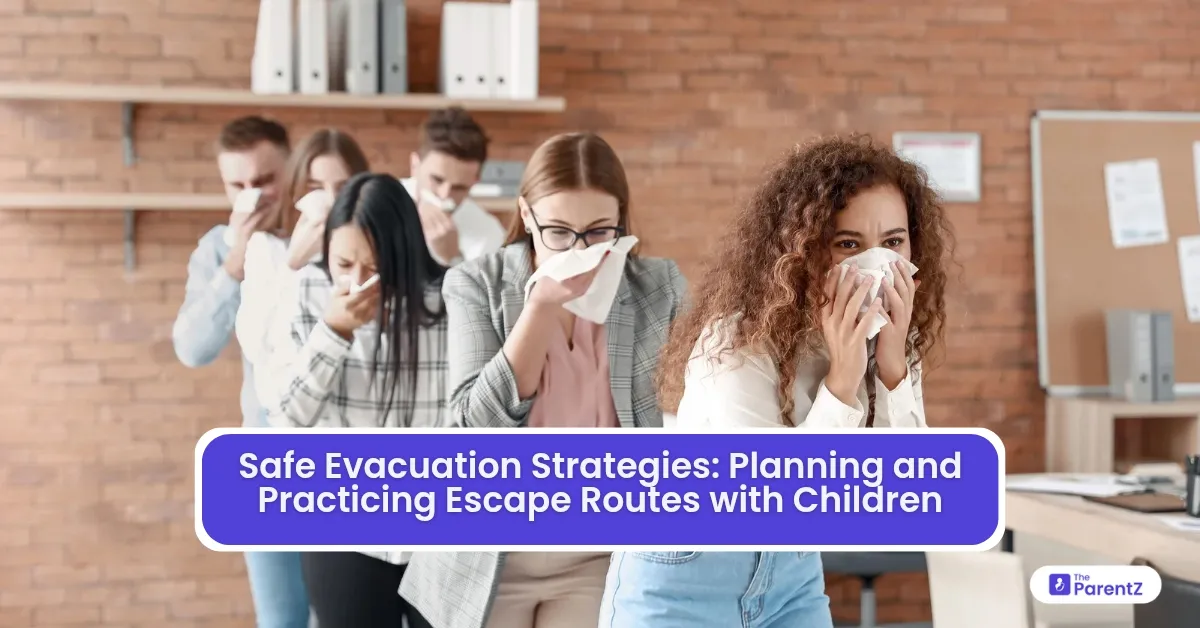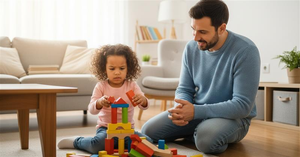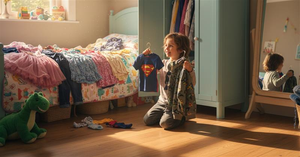When you're a parent, nothing rattles you more than uncertainty—especially the kind that creeps in with the sound of sirens, flashing news updates, and talk of war. With the recent escalation in tensions between India and Pakistan, and both nations on high alert after incidents along the border, it’s no longer a hypothetical situation for many families. Planning how to evacuate safely—especially with children in tow—has moved from a “just in case” idea to a genuine necessity.
The truth is— emergencies don’t wait for you to be ready. But you can be ready—with the right plan, the right mindset, and the right practice. Read this article to explore some effective evacuation strategies, including planning escape routes with your kids.
Create a Family-Specific Evacuation Plan
A one-size-fits-all strategy doesn’t work when you have toddlers, teens, and aging parents under one roof. Start by tailoring your plan to your family’s specific needs.
- Identify safe exits from every room in the house.
- Choose two meeting points: one right outside the home (in case of fire or minor emergencies) and one outside your neighborhood (for major disasters or conflict situations).
- Assign roles: Who grabs the emergency kit? Who keeps the toddler close? Who checks on the pets?
Pack an Emergency Kit
When seconds count, you don’t want to be hunting for baby wipes or your child’s allergy medicine.
Include:
- Copies of ID cards and important documents
- Medications and first aid
- Snacks, water, diapers, and hygiene items
- A flashlight, batteries, and phone chargers
- Comfort items for kids—like a favorite toy or blanket
Practice Escape Routes Regularly
Treat your evacuation drill like a fire drill at school—but make it engaging, not scary.
- Use clear, simple language for younger kids.
- Walk through the escape route, don’t just talk about it.
- Time your drills, and practice at night too.
- Introduce variations (what if the main door is blocked?) to prepare for real-life unpredictability.
Teach Kids How to Communicate and Identify Helpers
In crowded shelters or during chaotic evacuations, children can get separated. That’s a hard truth, but preparation can ease that fear.
- Teach them your full name, phone number, and address.
- Have them memorize a backup contact number.
- Show them how to identify “safe adults” (police, rescue workers, teachers).
- For younger children, consider ID wristbands or tags with contact info.
Empowering your child with knowledge is a silent form of protection.
During Times of Political Tension— Stay Informed, Not Alarmed
The current India-Pakistan situation has reminded us all that borders can turn volatile overnight. Whether you live in a conflict-prone zone or a peaceful suburb, information is your best friend.
- Follow official advisories, not rumors.
- Keep your phone charged and emergency apps installed.
- Listen to verified news for updates on evacuation orders, school closures, or transportation shutdowns.
Conclusion
You can’t predict when crisis will knock on your door—but you can teach your kids how to walk out of it safely. Creating and practicing a family evacuation plan gives your children something to hold on to—structure, safety, and the calm of knowing what comes next.









Be the first one to comment on this story.